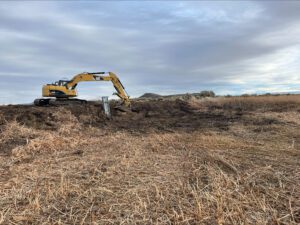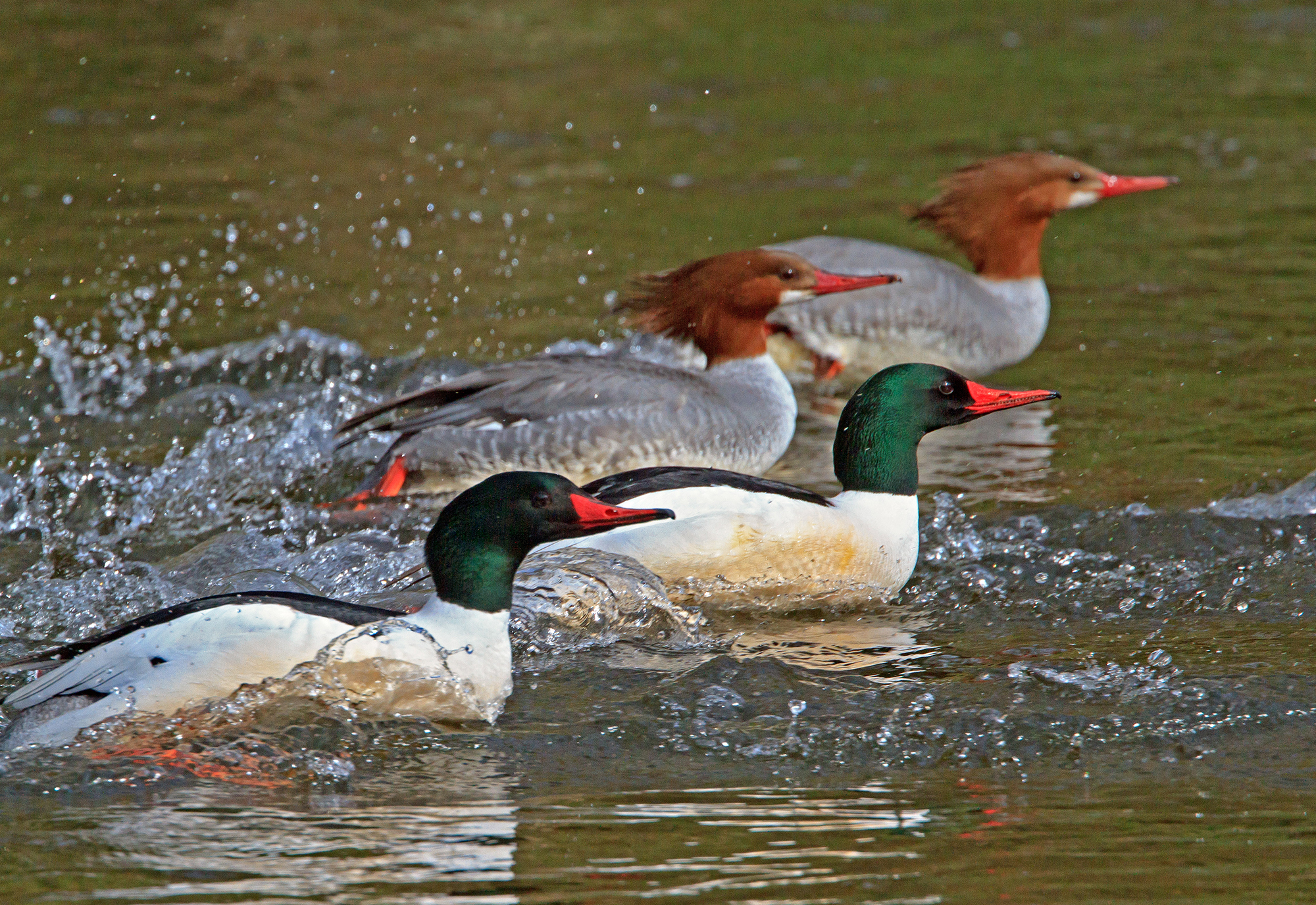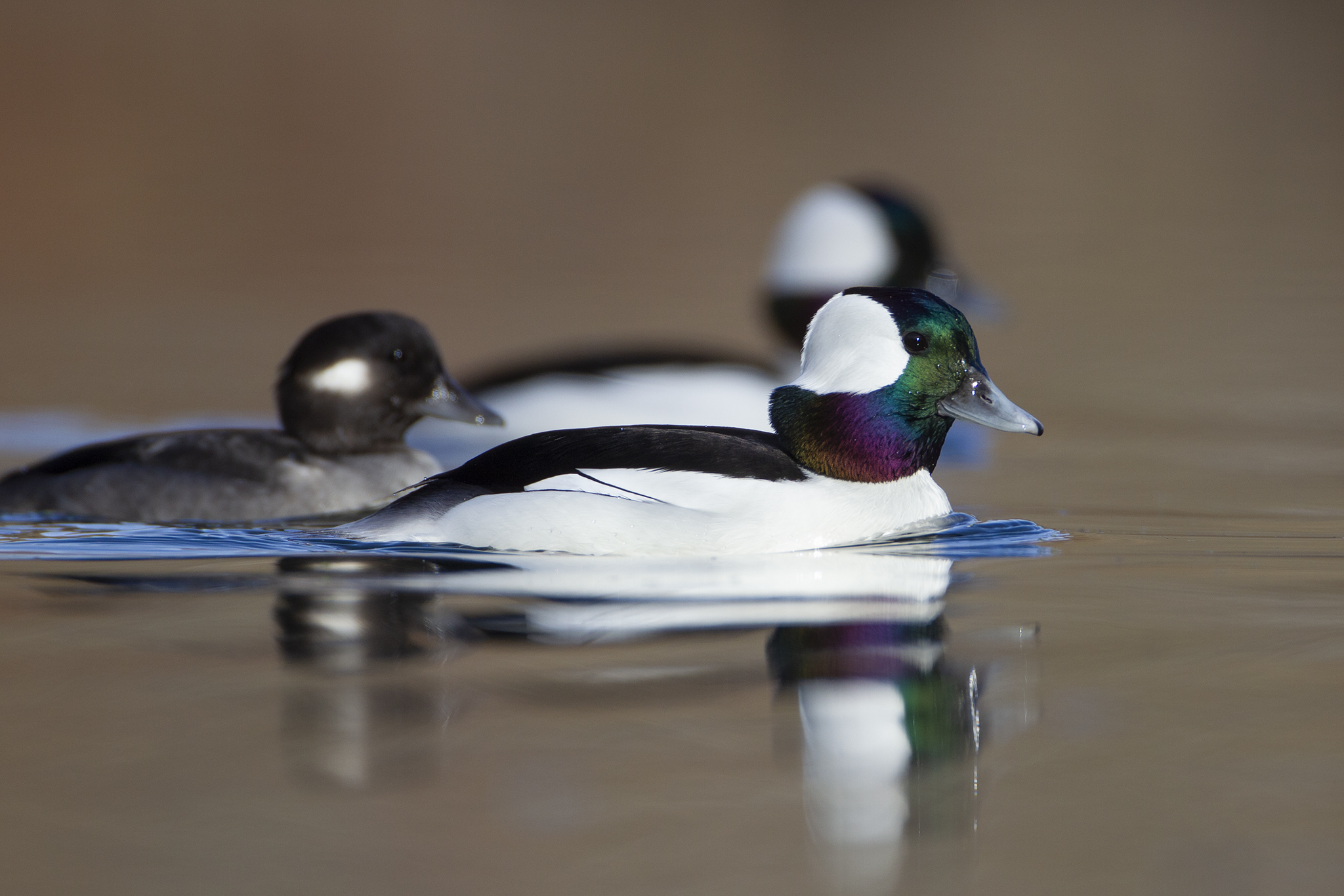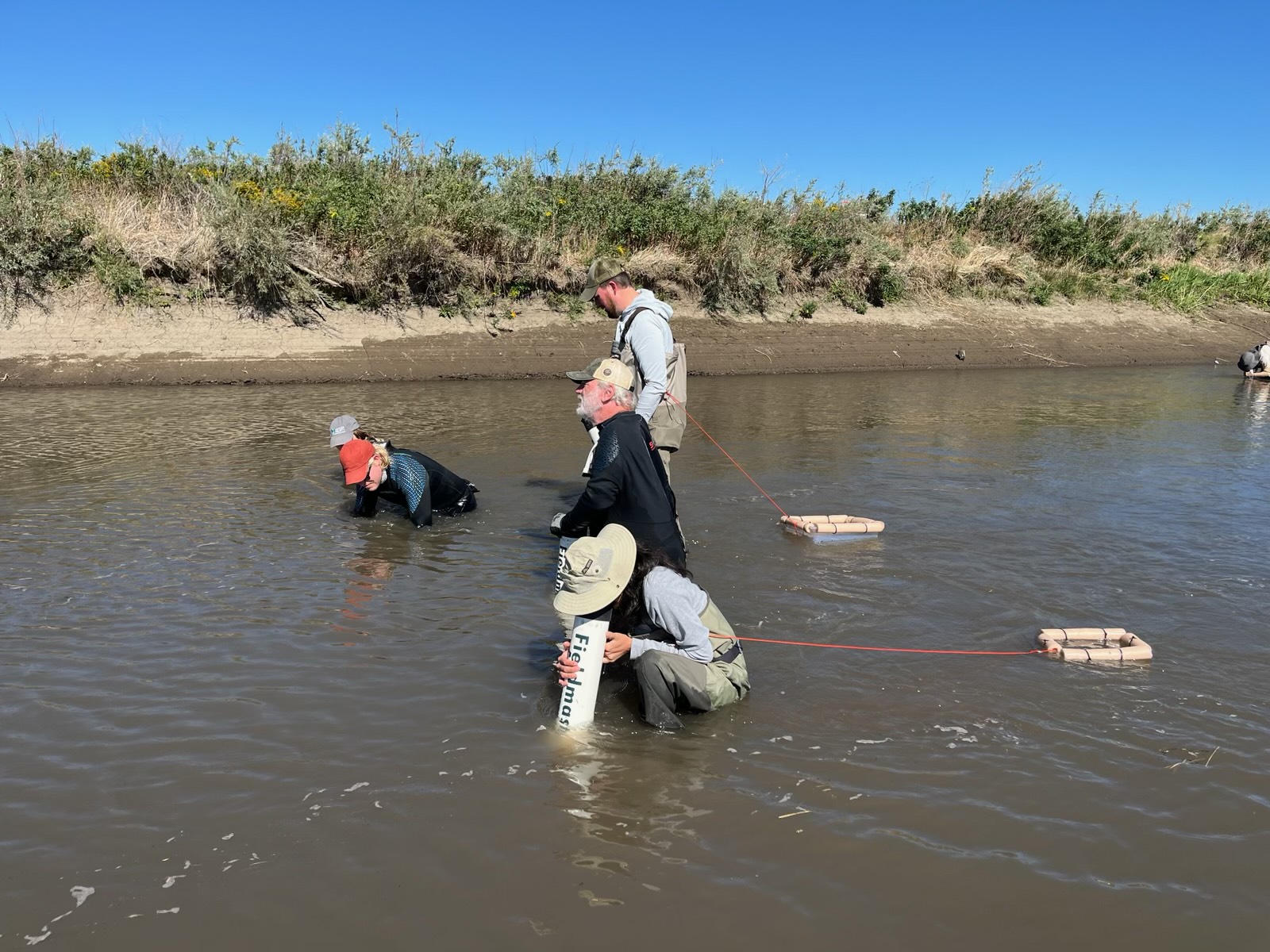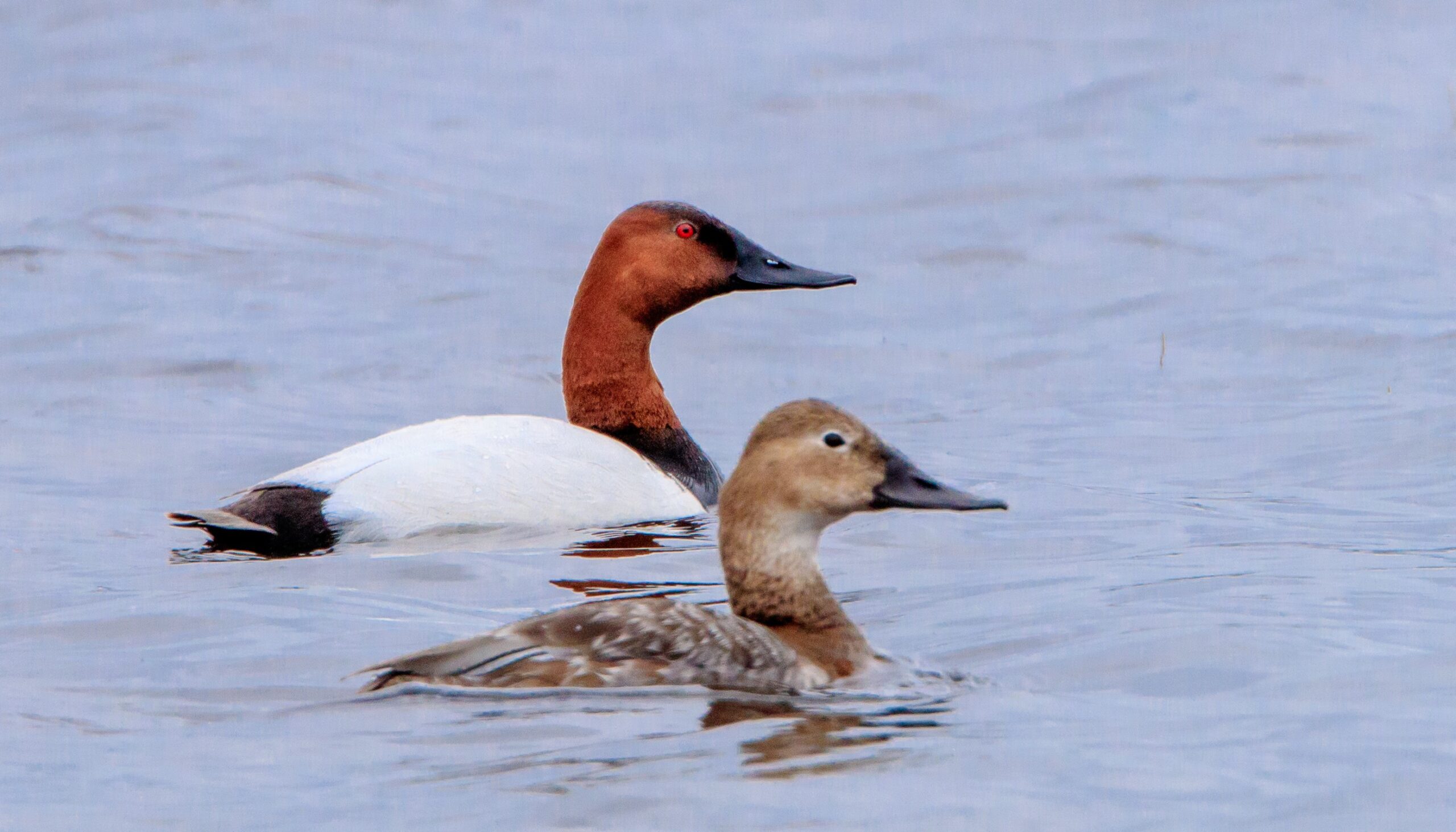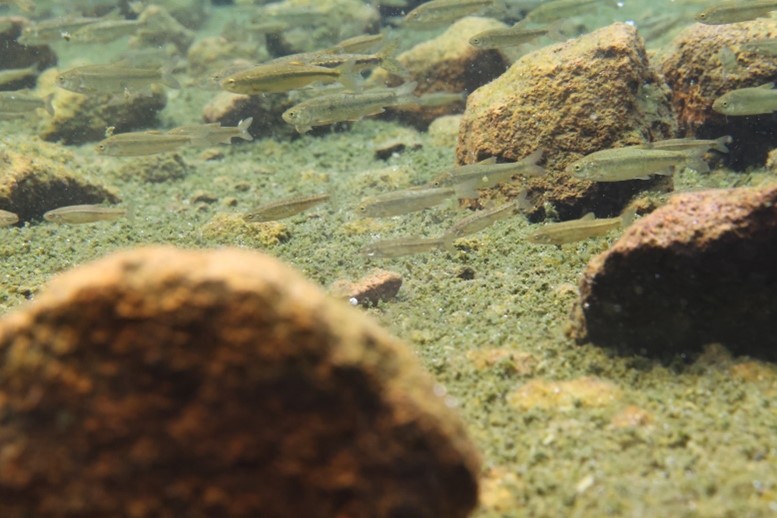Written by Teresa Wicks, Portland Audubon
Photos by Dan Streiffert
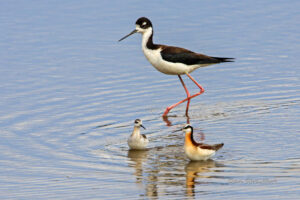 Throughout eastern Oregon and the Intermountain West migrating and nesting shorebirds depend on saline and freshwater lakes, playas, and nearby wetlands for refueling during migration and for breeding. For example, Wilson’s Phalarope use saline lakes throughout the region as stopover habitat. There they refuel and molt into their breeding plumage, sometimes doubling their body weight! The interior nesting Snowy Plover subspecies depend on these habitats and adjacent sandy soils for nesting and rearing their young. Lastly, western populations of Willet nest in wetlands, grasslands, and on pond or spring edges, sometimes in raised areas on mud flats! (Photo of black-necked stilt with Wilson’s phalarope by Dan Streiffert)
Throughout eastern Oregon and the Intermountain West migrating and nesting shorebirds depend on saline and freshwater lakes, playas, and nearby wetlands for refueling during migration and for breeding. For example, Wilson’s Phalarope use saline lakes throughout the region as stopover habitat. There they refuel and molt into their breeding plumage, sometimes doubling their body weight! The interior nesting Snowy Plover subspecies depend on these habitats and adjacent sandy soils for nesting and rearing their young. Lastly, western populations of Willet nest in wetlands, grasslands, and on pond or spring edges, sometimes in raised areas on mud flats! (Photo of black-necked stilt with Wilson’s phalarope by Dan Streiffert)
All of these species are found refueling and nesting at Malheur. As of April 1, 2023, the multi-year drought in southeastern Oregon continues. However, the abundant March precipitation has helped reduce the drought extent, and make up for the rather dry February conditions. With the recent cool temperatures, many of the lakes and reservoirs are intermittently frozen, potentially affecting available habitat for fall migrating shorebirds.


SIGN UP FOR SHOREBIRD SURVEY VOLUNTEER OPPORTUNITY – CLICK HERE!




